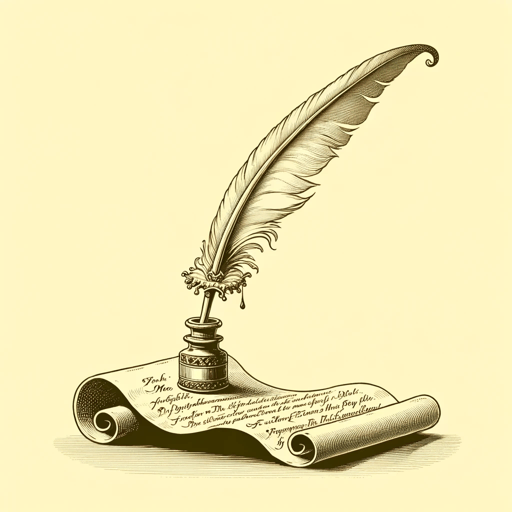27 pages • 54 minutes read
John DrydenMac Flecknoe
Fiction | Poem | Adult | Published in 1682A modern alternative to SparkNotes and CliffsNotes, SuperSummary offers high-quality Study Guides with detailed chapter summaries and analysis of major themes, characters, and more.
Themes
Artistic Standards
Few writers have done more to shape modern English verse and expression than John Dryden. Poets like Shakespeare, who died only 15 years before Dryden’s birth, or John Donne, who died in 1631, the year of Dryden’s birth, are worth celebrating, but usually not for their efficiency or their consistency. Influenced by the ongoing Scientific Revolution, Dryden took a scientifically rigorous approach to poetry and language, as partially outlined in his essay on “Dramatic Posey,” and he believed that they could be refined to perfection. Dryden brought an unprecedented level of polish and efficiency to English. Many of the ideas Dryden developed around this time, such as that English sentences should not end in prepositions, have since become ingrained in formal English writing.
Dryden’s hope was that a more refined language would be able to express complex ideas with more precision. However, this belief about the potential of the English language meant that Dryden had little patience for writers, such as Shadwell, who wrote simpler, less-refined verse. Dryden’s concern that this kind of simple, obscuring language would continue to gain popularity is one of the driving forces behind “Mac Flecknoe.” The aesthetic dystopia Dryden depicts is first described as “all the realms of Non-sense, absolute” (Line 6).
Related Titles
By John Dryden




